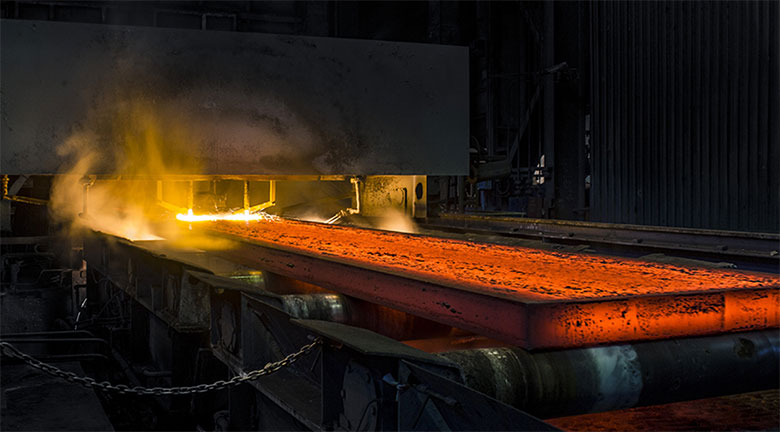

Before we start…
Just a couple of definitions, to be clear… Heat and temperature, two crucial concepts indeed.
This manual on thermal energy is aimed not only to people who are used to the sector, but also to the ones who lack of a specific technical training. So with a little help from Wikipedia, let’s forward this description:
“In thermodynamics, heat is the energy in transfer to of from a thermodynamic system, by mechanisms other than thermodynamic work or transfer of matter, in a process involving more than one system and ignited due to a temperature gap“.
Temperature is a physical quantity that express hot and cold, i.e. the thermal status of a system compared to the status of another one, used as a reference point for definition. It is usually the zero in the scale corresponding to the thermal status of freezing of water at a certain atmospheric pressure.
Trying to explain it otherwise: heat is the thermal energy, i.e. the quantity of energy that is available, that we have to supply or to dissipate, within a certain process. While the temperature is the measure of the level at which this energy stands (and/or where we want to take, transfer or transmit it).
A simple example: the heater we commonly have in our home has a thermal capacity of 25 KW, meaning that it can supply heat, thermal energy, up to 25 KW, but how? It can be employed in order to heat hot water at 80° C for radiators, or also supply hot water for the shower at 42° C. The thermal capacity or thermal energy remains the same: what’s changing is the way we use it, and therefore the temperature level at which that thermal energy is made available, according the application we are looking forward to. This is a fundamental concept for all that follows.
And always remember: better to have high level thermal energy (that is, at high temperature, somewhat ‘concentrated’, conveyed by the minimum quantity of thermal vector fluid possible), in order to achieve efficient and useful thermal recovery tasks. Few but very hot water is better than a big amount of slightly warm water.

Two further explanations on two concepts so much important. Hot and cold, heating and cooling, are terms that can be placed on a continuum of a thermal process, involving the transfer of thermal energy (heat) from a fluid/body/matter to another one.
In the past it was used to talk about calories, frigories… as if they were some different and separated entities, and contributed in creating confusion. In fact, they are referring exactly to the same thing! Luckily, nowadays the ISO system introduced an univocal measure unit, which made it very clear: the thermal kilowatt (KWth).
With another simple example, the refrigerator in our kitchen doesn’t create cold, it’s more correct to say that it steals heat from what’s inside it, transferring it to the external environment (and if you touch the battery/coil/exchanger on the back side of the refrigerator, you can feel it hot, indeed…). What it achieves is to reach the requested conditions of cold or hot, otherwise to transfer heat, thermal energy measured in KW.
This is an essential point, because when we talk about a process to be cooled, hence requiring to give up heat, or a process to be heated, that thus demands a heat supply, the numbers of the amount of thermal energy to be supplied or to be dissipated are exactly the same.